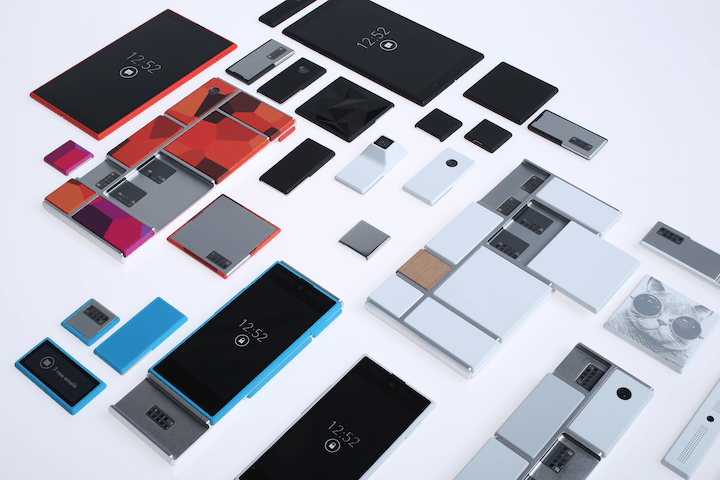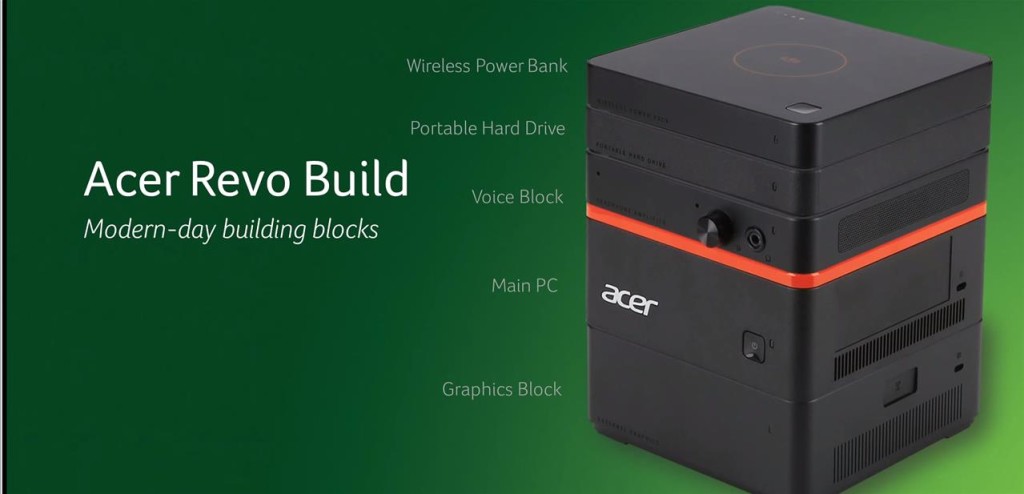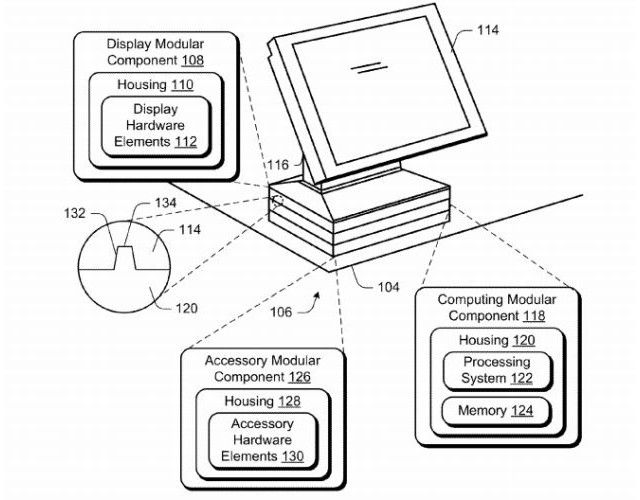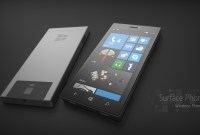In a patent filed in July 2015, Microsoft has created an all-in-one computer as a screen that can be improved by adding different modules.
if it could in future set his phone or his computer to match the needs of a specific situation? This is certainly an option that IT giants see more. Indeed, in recent years, the modular equipment projects come and go and do not look alike.
Google prepares for example under the name of Ara project, a modular phone that will change on the fly , the phone components such as the camera or the speaker. As for PC, Acer presented at IFA 2015, the Revo Build a tower made up of modules to fit or remove depending on the use one wishes to make of the object.

the promised revolution modularity is enhanced by the convergence of several segments of the technology industry. Manufacturers of components and operating systems now created keeping in mind the ambition to create scalable machines that can adapt to changing user needs. For example, think of democratization announced housings external graphics cards, whose use is facilitated by Windows 10, the USB-C and the work of card manufacturers on the drivers.
By type , Windows 10 encourages manufacturers to design innovative products that rethink the usual ergonomics of the computer. Microsoft sets an example with its Surface, a tablet that wants a laptop and the Surface Book, a laptop that wants a tablet. On the Surface Book, the screen contains all the components necessary for operation as the motherboard and the SOC. In the database, which contains the keyboard, Microsoft has included a GPU that enables once attached to the screen improve the graphics performance of the machine.
In a patent filed in July 2015, the firm Redmond has shown that it wants to extend this philosophy to desktops. The machine catchy name “Modular Computing Device” (for modular computing device) is the vision of all-in-one from Microsoft. This is a touch screen on a pedestal that contains basic components to make it work. But the all-in-one Microsoft differs from existing ones, since it will allow the addition of modules that will increase the power, memory or graphics card. According to its use, it is even possible to add a battery.

The operation. gets somewhat Build Revo principle. The device base can come stack above modules rajouteront features. To facilitate the addition – and certainly to avoid the wrong direction – the patent describes a fastening system through a “magnetic or mechanical” link. If the operation of the link takes the Surface Book, then modules can be removed and added to hot, that is to say without restarting the machine.
Microsoft raised the possibility of modify the basic configuration as needed to power its activity: a video game, for example, ask a more powerful graphics module. But the firm also thinks of modules that can change the way we use the machine as natural user interfaces that rely on a close Kinect module to use the machine with gestures.

as such, if Microsoft’s vision becomes a reality, build its own configuration will in future be as easy as stacking two Lego. In recent years, the company tries to offer innovative products in a sector in full breathlessness. Such a strategy makes sense in the context of PC sales decline. Allow users to renew, not fully but partially their machine could certainly inject some life into the market.
Share on social networks


No comments:
Post a Comment